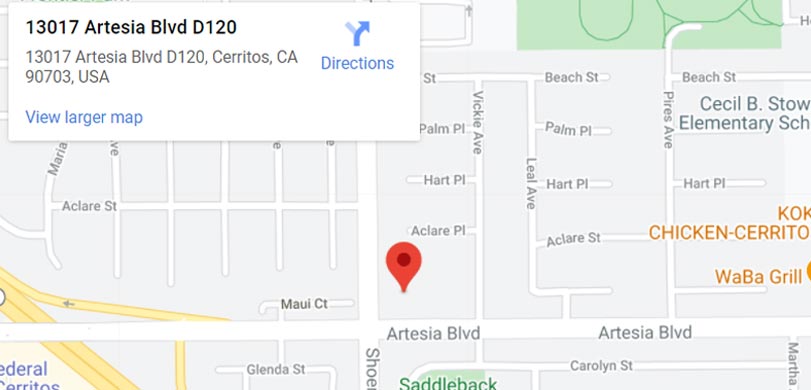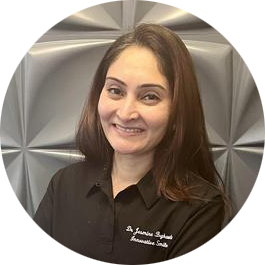Our teeth are some of our most important assets. They aid in our ability to speak as well as eat. They represent significant cultural capital in a society where we covet attractive smiles. Yet, we often fail to care for them properly despite their relative fragility when exposed to a modern American diet, which is disproportionately high in sugar.
As a result, government studies regularly find that the vast majority of American adults have cavities. One such study, performed in 2011-2012, found that 91% of Americans between the ages of 20 and 64 were affected. That number jumps to 96% for Americans over 65. Given the prevalence of tooth decay, your Cerritos dentist will need to consider multiple treatment options. This depends on your case, as a conventional filling is not always best.
Conventional fillings are for small areas of decay that do not necessarily undermine the integrity of the tooth. However, as the decay spreads, the tooth loses strength. This increases the chance of the tooth breaking under the strain of everyday activities. In these cases, your dentist may opt to use dental inlays as an alternative to conventional fillings.
What are Dental Inlays?
Dental inlays are pre-made fillings typically for larger cavities that do not affect the cusps of the tooth. If the tooth decay has spread to the cusps or biting surface of the tooth, then the same type of filling is called a dental onlay, as it has to partially wrap over the upper edges of the tooth.
Unlike a conventional filling, dental inlays aren’t molded into the cavity during the initial procedure. Instead, your dentist will actually take an impression of the affected tooth and create an inlay that perfectly matches the grooves of the cavity. The precision of a dental inlay ensures that the filling of the entire cavity.
In addition, there is no silver amalgam. You won’t have to worry about your filling expanding or contracting, which can further weaken the tooth. In fact, dental inlays typically strengthen the tooth’s overall integrity. This is why they are the most commonly chosen treatment for larger cavities that do not affect the biting surface or cusps of the tooth.
Composite and ceramic dental inlays are the most common, as they are the most aesthetically pleasing. However, gold inlays may be used in cases where additional strength is needed to decrease the chance of fracturing.
Getting a Dental Inlay
When your dentist suggests filling a cavity with a dental inlay rather than a conventional filling, you should be prepared for a two-step process. Jesmine Boghawala D.D.S. and the team at Jesmine Boghawala DDS will help you make two consecutive appointments. During the first, your dentist will prepare the tooth by removing the decay. Then they will take an impression of the affected area to ensure that the inlay fits perfectly to the contours of the cavity.
Your dental office will advise you regarding how long it will take for the dental inlay to be manufactured with the chosen medium and help you schedule your second appointment. At that time, your dentist will fit the inlay into the tooth and use a dental bond to ensure stability. If at any point you feel anxious about the process, speak with Dr. Boghawala regarding sedation dentistry, as it may make the process more relaxed for everyone involved.
Once your dental inlays are in place, you will be set. Follow your dentist’s instructions regarding eating and drinking after each appointment, and maintain a regular schedule of dental care afterward to maximize the effectiveness of your dental inlay.






